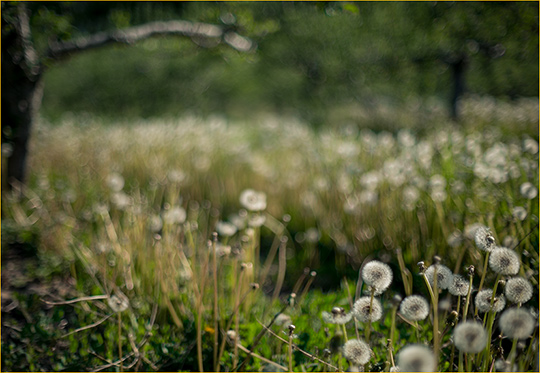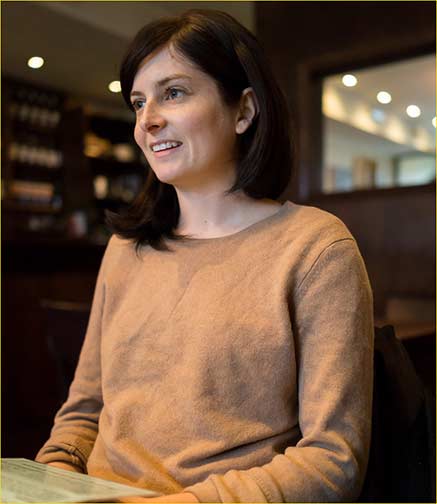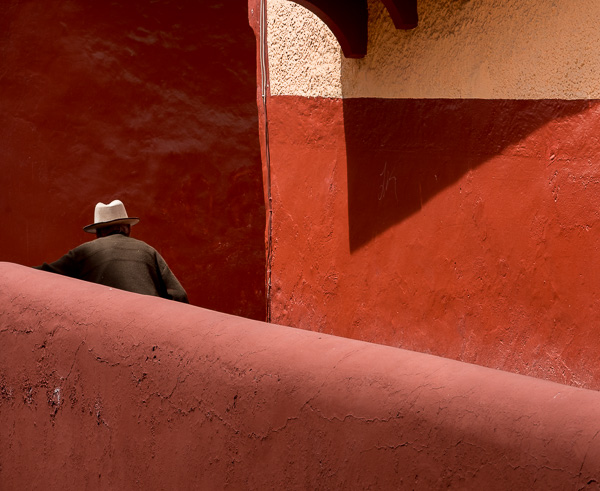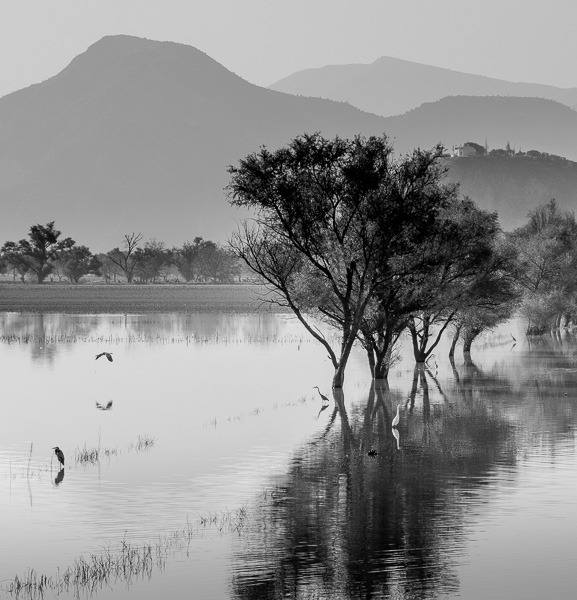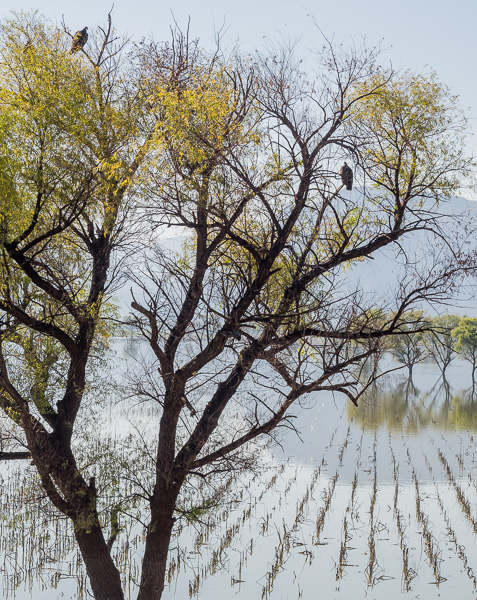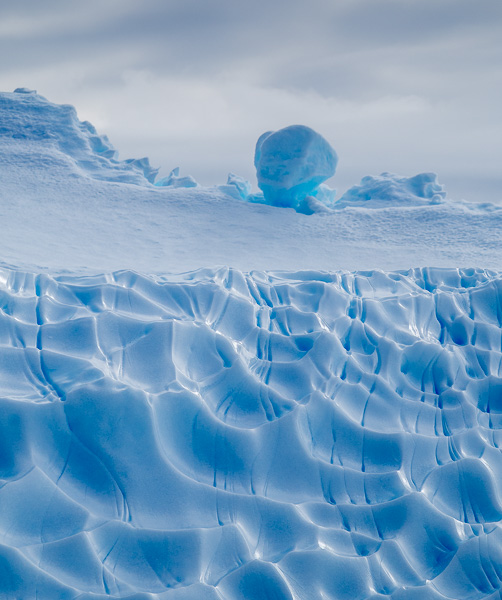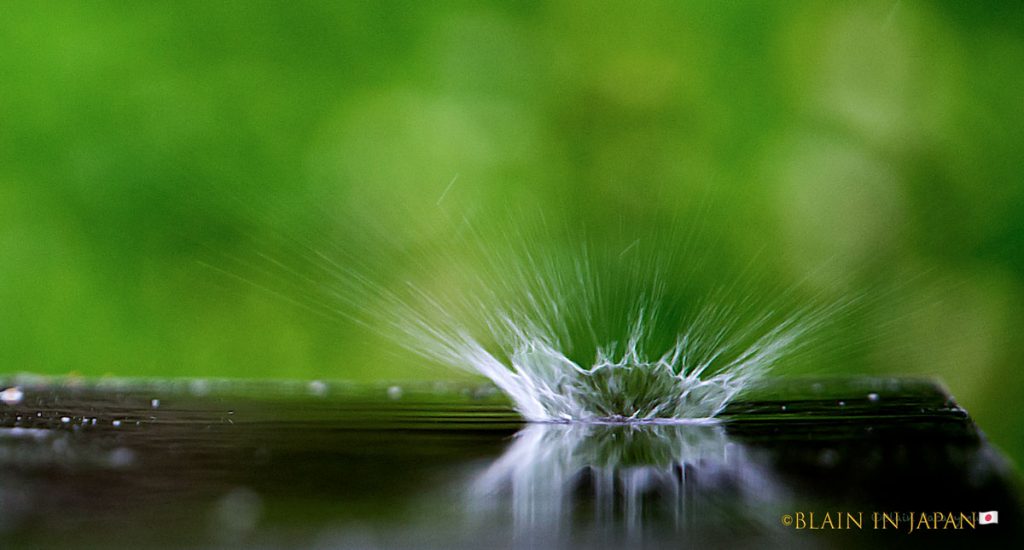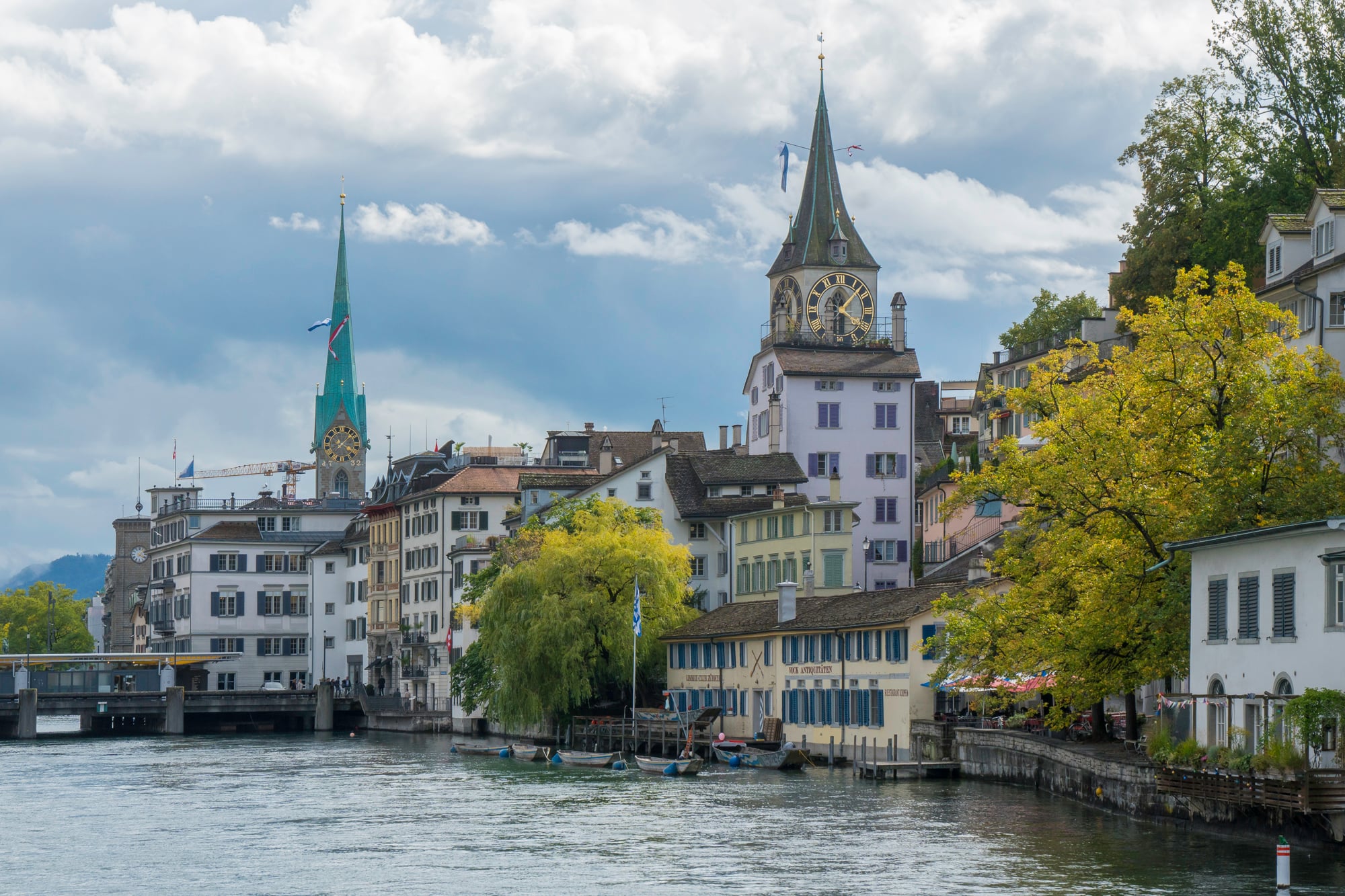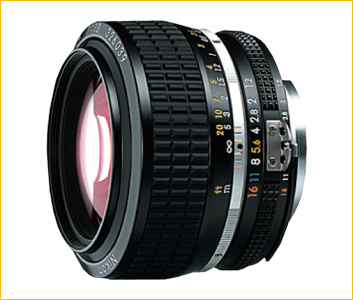
Back in the day (the 1980’s) Nikon made a terrific 50mm f/1.2 lens. Suprisingly, some 30+ years later on they still make and sell the same lens, theNikkor 50mm f/1.2. This is the fastest lens that Nikon makes and is one of the few manual focus lenses still in their line-up. In recent years there have been rumours of an AF version but it’s likely that this is more wishful thinking than based on any factual information. Now that cameras produce fairly clean ISO 3,200 images and usable ones up to USO 12,500 and even higher, it would seem that the days of ultra-fast prime lenses should be well behind us.
When a fast colour film was ISO 64, and fast B&W was ISO 400, high speed lenses were all the rage. That extra half stop between f/1.4 and f/1.2 would often make the difference between getting the shot, and not. Exotic ultra-fast lenses like theLeica f/0.95 NoctiluxandNikon 58mm f/1.2 Noct-Nikkorused aspherical elements to achieve excellent resolution and contrast at wide open apertures, along with freedom from coma and other aberrations. But any attempt at wide-aperture perfection comes at a price. Used Noct-Nikkors are today selling for between $3,500 and $4,500. Used Leica Noctilux lenses go for over $7,000 (depending on model), new ones cost over $12,000 and there is a year-long waiting list for factory delivery.
But the 50mm f/1.2 Nikkor lives on. It is probably the lens that has seen the longest production life of any Nikon optic that is still available today. Part of the reason for this is the lens’ popularity in Japan, where aesthetic considerations in lens performance appear to carry a different weight than they do in Europe or North America.
Affordable Brilliance
The Nikkor 50mm f/1.2 is available from US retailers for about $750, and lists fora hundred dollars less in Canada(who knows why). Part of the reason that this lens is so much less expensive than its more exotic cousins is that it does not use aspherical elements. These are hand-ground on the Leica Noctilux, and even were on the 58mm Noct-Nikkor. By using only spherical elements in the 50mm f/1.2, and by building the same lens for more than 30 years, Nikon enables us to purchase this semi-exotic lens for not much more than a top-ranked 50mm f/1.4 lens. Of course this lens is not autofocus.
Apple Orchard. Clearview, Ontario. May, 2012
Nikon D800e with 50mm f/1.2 @ f/1.2 and ISO 100
Performance
Every review that I’ve read claims that from f/2 and smaller the 50mm f/1.2 Nikkor equals just about any other 50mm Nikkor lens. That isn’t quite my experience. F/2 is good, but not as good as f/2 on my 50mm f/1.4G AF. But two more stop down, at f/4, and the f/1.2 lens does match just about any other 50mm that I’ve used, except maybe the Leica 50mm f/1.4 Summilux ASPH.
There is quite a bit of coma and chromatic aberration wide open (which for many, myself included is the perverse reason for appreciating this lens), but these clear up below f/2.8.
As well see though, performance and character of this lens at medium to small apertures is not a reason to consider getting and using one. It’s at f/1.2 where the magic happens.
Mechanical Quality
If you’ve never owned or used a manual focus Nikkor from the 1950’s through the 1980’s then you owe it to yourself to experience the way that lenses used to be made. Click-stopped aperture rings with engraved paint-filled marking, proper depth of field scales, and silky smooth brass helicoids that allow for precise manual focusing are the order of the day. Visually as well as in terms of tactility they are a pleasure to use. Today, in the 35mm format, only Leica, Zeiss, and Voigtlander lenses offer similar aesthetic and tactile appeal.
Though it’s nice to have DOF scales engraved on the lens be aware that these date from the days of film, and have little relevance for today’s high resolution sensors. In any event, at f/1.2, which is what this lens wants to be used at, DOF is paper thin so DOF is a non-issue.
The 50mm f/1.2 Nikkor comes with a standard front lens cap and an old-fashioned friction-fit translucent plastic rear lens cap – just like the one supplied in the 1980’s. My recommendation is to purchase a more secure contemporary rear cap.
There is no lens shade supplied. A simple rubber shade is all that’s needed to provide some protection from bumps and flare.
Laura. Ontario. April, 2012
Nikon D800e with 50mm f/1.2 @ f/1.2 and ISO 100
Nine Blade Diaphragm
The lens has a nine blade diaphragm, which is an important design aspect with this lens because it allows for almost perfectly round out-of-focus highlights, something much sought after in a wide aperture lens, where shallow DOF is itsraison d’etre.
When Optical Elements Collide
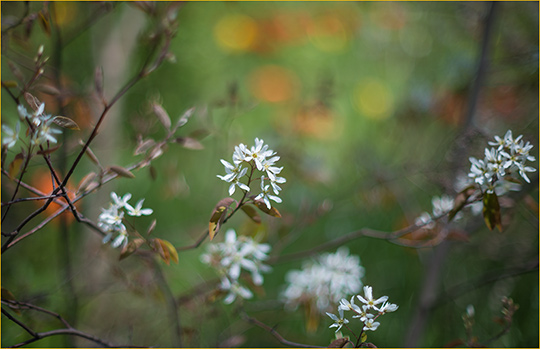
Dream Flowers #3. Toronto, Ontario. April, 2012
Nikon D800e with 50mm f/1.2 @ f/1.2 and ISO 100
Of course, what makes the 50mm f/1.2 Nikkor special is the combination of extremely shallow depth of field and optical aberrations such as coma when shot wide open. The joke among fans of $10,000 Leica Noctilux lenses is that most of them are used with a piece of black electrical tape holding the aperture ring permanently at f/0.95. The same may be true of the f/1.2 Nikkor. This lens sings its most beautiful song wide open, where the combination of ultra-shallow depth of field, lovely boke due to its nine blade shutter, and coma along with CA allow for the creation of dreamlike images, with strongly out-of-focus backgrounds and foregrounds.
As for the central image of what is in focus, it is quite sharp, but somewhat lower in contrast than an f/1.4 lens would be. This too is part of what makes images shot with this lens so appealing. Be aware though that simply shooting mundane subjects under flat lighting isn’t sufficient to produce interesting images with this lens. But if its strengths (and weaknesses) are understood, and suitable subjects under interesting light are captured, this lens’ unique optical signature is a joy to work with.
May, 2012
Read this story and all the best stories on The Luminous Landscape
The author has made this story available to Luminous Landscape members only. Upgrade to get instant access to this story and other benefits available only to members.
Why choose us?
Luminous-Landscape is a membership site. Our website contains over 5300 articles on almost every topic, camera, lens and printer you can imagine. Our membership model is simple, just $2 a month ($24.00 USD a year). This $24 gains you access to a wealth of information including all our past and future video tutorials on such topics as Lightroom, Capture One, Printing, file management and dozens of interviews and travel videos.
- New Articles every few days
- All original content found nowhere else on the web
- No Pop Up Google Sense ads – Our advertisers are photo related
- Download/stream video to any device
- NEW videos monthly
- Top well-known photographer contributors
- Posts from industry leaders
- Speciality Photography Workshops
- Mobile device scalable
- Exclusive video interviews
- Special vendor offers for members
- Hands On Product reviews
- FREE – User Forum. One of the most read user forums on the internet
- Access to our community Buy and Sell pages; for members only.






